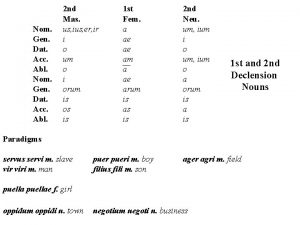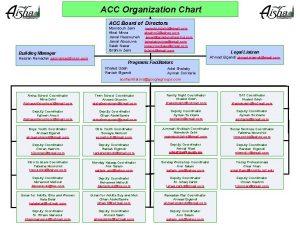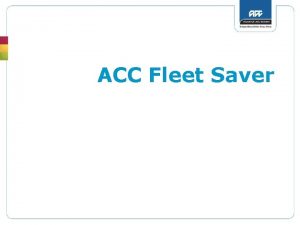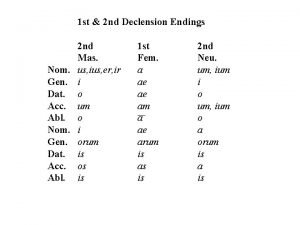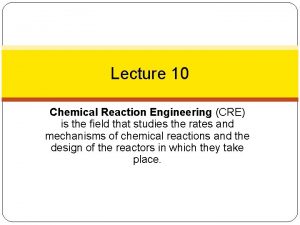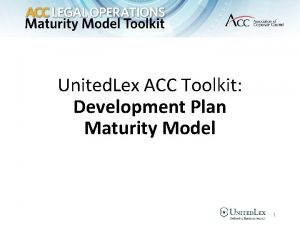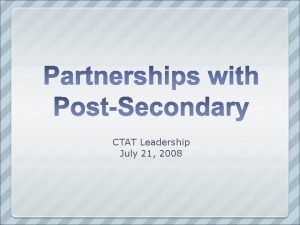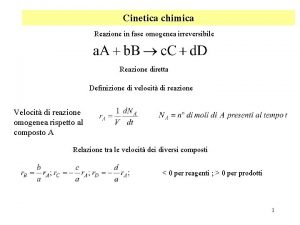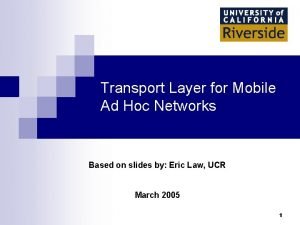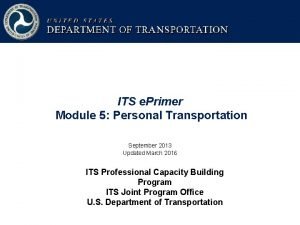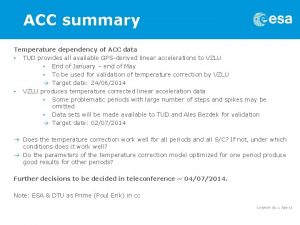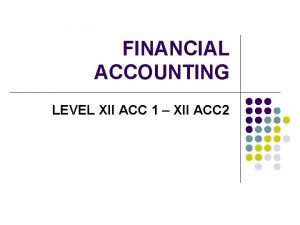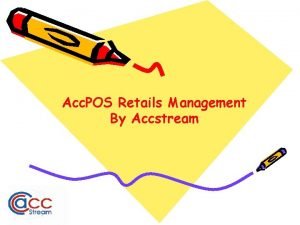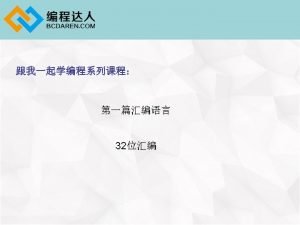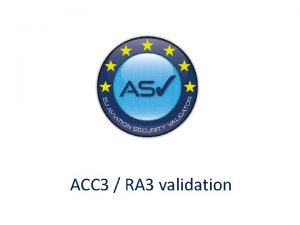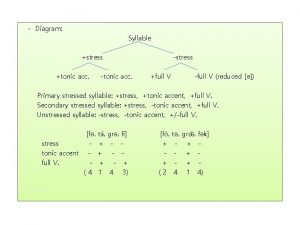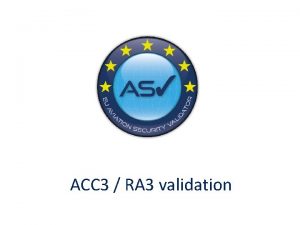COST Analysis Sharad Asthana Ph D ACC 3123

















- Slides: 17

COST Analysis Sharad Asthana, Ph. D. ACC 3123 This Photo by Unknown Author is licensed under CC BY University of Texas at San Antonio © 2020 1

Module Objectives Upon completion of this module, you will be able to: Understand the difference between financial, cost and managerial accounting and the underlying concepts of cost analysis

What is Managerial Accounting? • Managerial accounting is the practice of identifying, measuring, analyzing, interpreting, and communicating financial information to managers for the pursuit of an organization's goals. It varies from financial accounting, because the intended purpose of managerial accounting is to assist users internal to the company in making well-informed business decisions. University of Texas at San Antonio © 2020 3

What is the difference between cost accounting and managerial accounting? Cost Accounting Determining, measuring, recording and analyzing costs. Managerial Accounting Use of Cost Accounting information for product costing, decision-making, planning, control and evaluation. University of Texas at San Antonio © 2020 4

What is the Relationship between Financial, Managerial and Cost Accounting? Product Costs Financial Accounting Cost Managerial Accounting University of Texas at San Antonio © 2020 Product Costs (cost accounting) are components of financial accounting since they affect Balance Sheets and Income Statements. Product costs are also part of managerial accounting as they provide major inputs into several decisions that manager have to make. 5

Managerial Accounting helps managers to make several decisions, such as: 1 Product Costing: How much does it cost to produce one unit? 2 Pricing: How much to charge for one unit 3 Profitability Analysis: Given #1 and #2 above, if we sell X units, what will our profit be? 4 Resource Allocation: How to use our resources to attain organizational goals? University of Texas at San Antonio © 2020 6

Objectives of Managerial Accounting (continued) 5 Planning and Budgeting: How to create a quantitative action plan in order to achieve #4? 6 7 Internal Control: How to use managerial accounting information to have an acceptable level of internal controls? Performance Evaluation: How to use managerial accounting information to evaluate the performance of individuals and divisions within the organization? 8 Capital Investments: How to make decisions, such as, repair, buy or rent production machinery? University of Texas at San Antonio © 2020 7

Differences between Financial and Managerial Accounting Financial • External focus • Whole organization • Historical • Quantitative • Monetary • Verifiable • GAAP • Formal recordkeeping Managerial • Internal focus • Segments or divisions • Current/projected • Quantitative/qualitative • Monetary and non-monetary • Timely/reasonable estimate • Benefits exceed costs • Formal & informal recordkeeping University of Texas at San Antonio © 2020 8

Accounting Bodies and their roles … Financial • Public Company Accounting Oversight Board (PCAOB): The Sarbanes-Oxley Act of 2002 (the "Act") established the PCAOB to oversee the audits of the financial statements of public companies in order to protect the interests of investors and further the public interest in the preparation of informative, accurate and independent audit reports • Securities and Exchange Commission (SEC): The role of the Securities and Exchange Commission itself is to maintain efficient, transparent, and effective markets. SEC oversees the involvement and operations of organizations and individual investors. The Commission monitors securities companies, self-regulatory organizations, and the stock markets. • Financial Accounting Standards Board (FASB): The Financial Accounting Standards Board (FASB) is a private, non-profit organization standard-setting body whose primary purpose is to establish and improve Generally Accepted Accounting Principles (GAAP) within the United States in the public's interest. University of Texas at San Antonio © 2020 9

Accounting Bodies and their roles … Management • Institute of Management Accountants (IMA): Since 1919, IMA has been an advocate and resource for accounting and financial management professionals. It was founded in Buffalo, New York, to promote knowledge and professionalism amid cost accountants and promote a wider understanding of the role of cost accounting in management. • Cost Accounting Standards Board (CASB): CASB is a U. S. federal government body with a mandate of promoting consistency and uniformity in cost accounting activities involving government grants and contracts. University of Texas at San Antonio © 2020 10

Types of Firms Manufacturing • Ford • Toyota • Pepsi Merchandising • Grocery stores • Drug stores University of Texas at San Antonio © 2020 Service Firms • Banks • Law firms • CPA firms 11

Types of Inventory Raw Materials • Wood • Flour Work-In-Process • Unfinished furniture • Pizza dough University of Texas at San Antonio © 2020 Finished Goods • Desk • Pizza 12

Important to know what information is needed. If you know that producing 100 chairs costs $500. Can you determine how much it will cost to produce 200 chairs? Will your profit double if we double production? • Do you have enough information? • If not, what other information do you need? • Think about this. We will discuss in class. University of Texas at San Antonio © 2020 13

Example of Decision Making (Sales Volume) Tom Soda has permission to sell Pepsi cans at his high school function. He is interested in the profitability of his venture. Tom wants to earn a profit of $50, how many cans must he sell? Considerations • A charge of $125 will be levied by the school for use of a concession stand. • The cost per can is $0. 30 and the selling price is $0. 80 (fixed by the school). University of Texas at San Antonio © 2020 14

Example of Constrained Resources. We have 1000 pounds of wood and can use this material to produce tables and chairs. How many of each should we produce in order to maximize our profit? • Do you have enough information to make this decision? • If not, what other information do you need? University of Texas at San Antonio © 2020 15

Understand the relationship of Cost, Volume and Profit In the next month, we expect the factory rent will go up. What impact will this have on our projected profit? In the next month, we expect cost of material per unit will go up. What impact will this have on our projected profit? In the next month, we expect, due to market conditions, unit selling price will go down. What impact will this have on our projected profit? In the next month, we expect the number of units we sell will go down. What impact will this have on our projected profit? University of Texas at San Antonio © 2020 16

If you’re an HEB manager what would you do? You have 100 gallons of a perishable item (Milk) on the shelf. The expiration date is tomorrow. The production cost is $2 per gallon and the selling price is $3 per gallon. What is the minimum price you should charge today for a bulk sale? University of Texas at San Antonio © 2020 17




